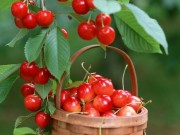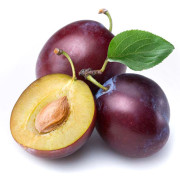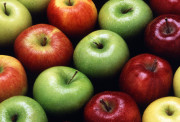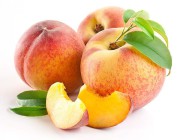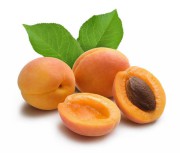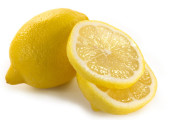Delicious, sweet, fresh cherries: description, fruit, taste. How to preserve the beneficial properties of cherries in winter.
Cherry is a woody plant and belongs to the Rosaceae family. It got its name from the English “cherry”. But the opinion that cherries arose as a result of cherry breeding is erroneous.
Sweet cherries are a “close relative” of cherries. From a botanical point of view, the cherry fruit is not a berry, but from a culinary point of view, it is a berry. The latter classifies all small fruits as berries.
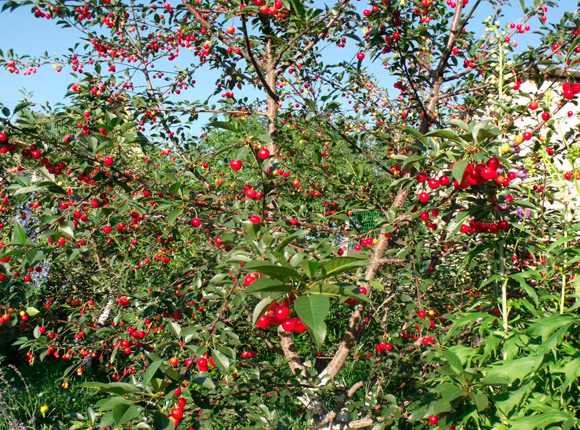
Photo. Cherry tree.

Photo. Large cherry.
Cherries delight with their fruits almost the whole summer. Sweet cherries are a “children’s delicacy.” The fruits are covered with a colorful, smooth skin with sweet pulp inside. Juicy berries have many shades: from light yellow to dark red, almost black. The taste of cherries is pleasant, gently sweet. Sweet cherries are a capricious berry, cannot be stored for long periods of time (no more than two weeks), and quickly spoil in rainy weather.
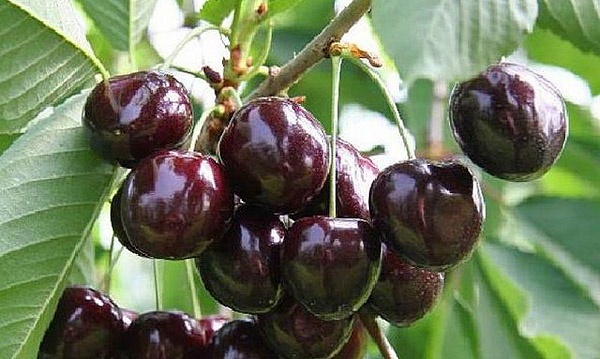
Photo. Black cherry.
Sweet cherries are a dietary product (about 50 calories per 100 grams). But excessive consumption can lead to weight gain, or rather swelling. Therefore, when you enjoy cherries, remember that everything should be in moderation.

Photo. Yellow cherry.

Photo. Sweet cherry pink.
In terms of its qualities, sweet cherries are very similar to cherries. The beneficial properties of cherries are used in the treatment of cherries. It has general health-improving qualities: it strengthens the immune system and increases appetite. Useful for anemia and low hemoglobin.But people with diabetes should avoid this berry. Due to the presence of cellulose, cherries are not accepted by every organism. In this case, it is recommended to use processed cherries (compote, diluted boiled juice).
Both canned and fresh cherries are a delicious ingredient for baking and dessert. Preparing for the winter Delicious jam and compotes are prepared from it. In winter, delicious and sweet dried cherries are especially useful.

